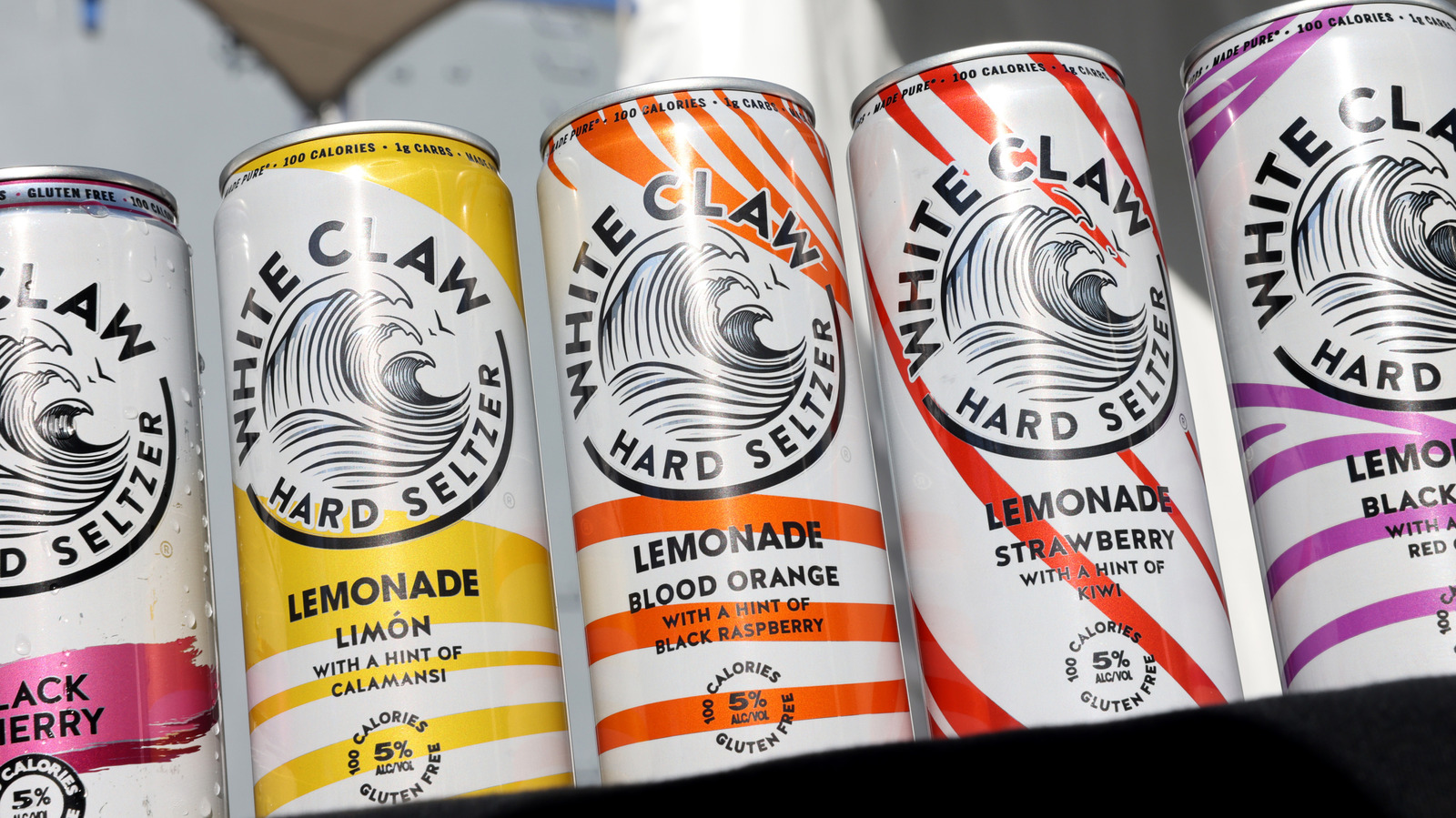
"White Claw sells itself as "hard seltzer," which sounds like sparkling water that just happens to be boozy (indeed, the can reads "spiked sparkling water"). But the alcohol inside isn't distilled vodka, rum, or tequila. Instead, it's a gluten-free alcohol base that comes from fermented sugars, so technically, it's a form of malt liquor. The process starts with grains that are mashed, mixed with water, and pitched with yeast. The yeast consumes the sugars and produces ethanol, which is then filtered,"
"That's why White Claw sits in the same legal category as the best sweet beers rather than spirits. At about 5% ABV, it's comparable to a light lager. The choice to use a malt base doesn't do anything for the flavor, as you won't taste grains in the finished product. Fermenting sugar is cheaper and faster than distilling liquor, and it allows the beverage to be sold (and taxed) under beer rules instead of the stricter standards that govern spirits."
"The term "malt" usually conjures visions of barley, kilns, and old-school brewing, but White Claw doesn't actually use traditional malted barley. Because the brand is marketed as gluten-free, its fermentable base comes from GF grains, sometimes mixed with cane sugar. This is the most common way hard seltzers are made. The science is the same: yeast converts simple sugars into alcohol and carbon dioxide, leaving behind a neutral wash of booze that's easier to flavor"
White Claw is produced from a gluten-free fermentable base derived from grains and simple sugars rather than distilled spirits. Yeast ferments those sugars into ethanol and carbon dioxide, and the resulting alcohol is filtered, clarified, and carbonated to remove strong brewery flavors. The finished product reaches about 5% ABV, similar to a light lager, and is flavored with fruit essences and carbonation. Using a malt base and fermenting sugars reduces production time and cost, and allows the beverage to be regulated and taxed as beer rather than as spirits.
Read at Tasting Table
Unable to calculate read time
Collection
[
|
...
]